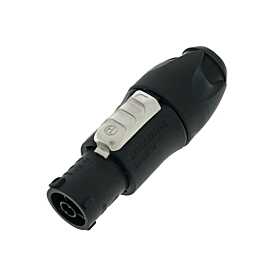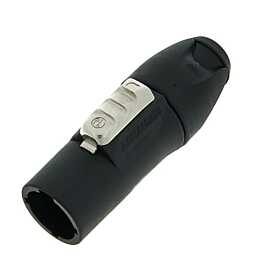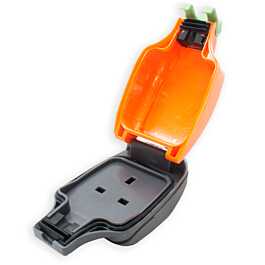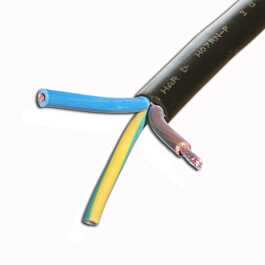I need to extend a Tesla mobile charger.
The guide line says you HAVE to plugin to a 3 pin wall socket.
It specifically states you shouldn't use an extension cable.
I saw an American video. One guy uses a very thick extension cable.
I've looked up 'heavy duty' extension cable.
What other 'measurements' do I need to watch our for?
VERY IMPORTANT: I need to be able to put the extension through a letter box. That's really really important!
Currently...
I'm using a single line 10m extension cable - not heavy duty.
I plug into a Belkin Surge protector extension socket that then plugs into the wall socket.
When I've plugged into a wall socket and charged, the wall socket gets hot. Not overly hot, but touching I can feel a raised temperature.
Using my current configuration, the extension plugged into the Belkin is a little warm.
I'm guessing a little warm is better than a hot wall socket?
Thanks.
The guide line says you HAVE to plugin to a 3 pin wall socket.
It specifically states you shouldn't use an extension cable.
I saw an American video. One guy uses a very thick extension cable.
I've looked up 'heavy duty' extension cable.
What other 'measurements' do I need to watch our for?
VERY IMPORTANT: I need to be able to put the extension through a letter box. That's really really important!
Currently...
I'm using a single line 10m extension cable - not heavy duty.
I plug into a Belkin Surge protector extension socket that then plugs into the wall socket.
When I've plugged into a wall socket and charged, the wall socket gets hot. Not overly hot, but touching I can feel a raised temperature.
Using my current configuration, the extension plugged into the Belkin is a little warm.
I'm guessing a little warm is better than a hot wall socket?
Thanks.







